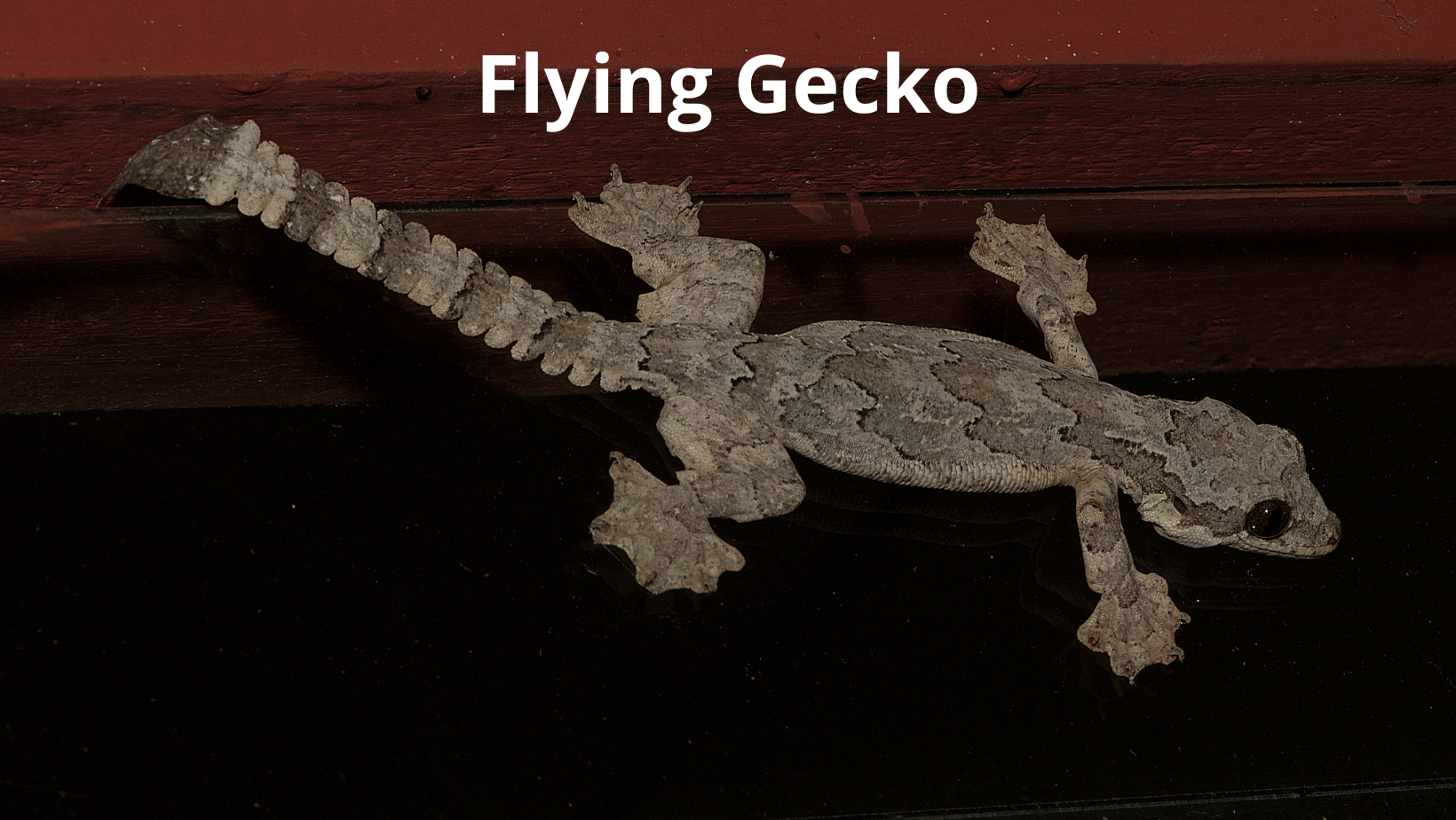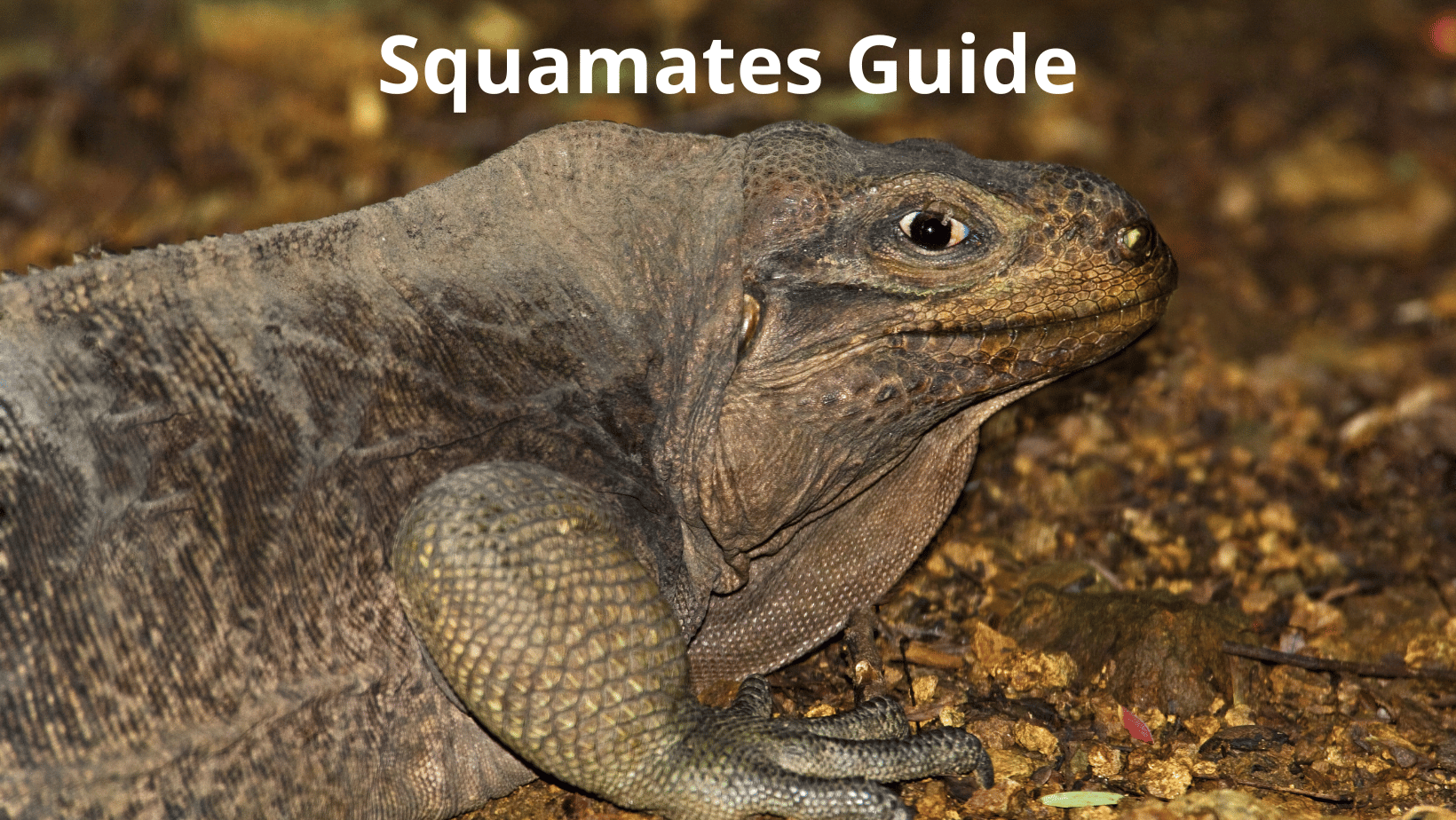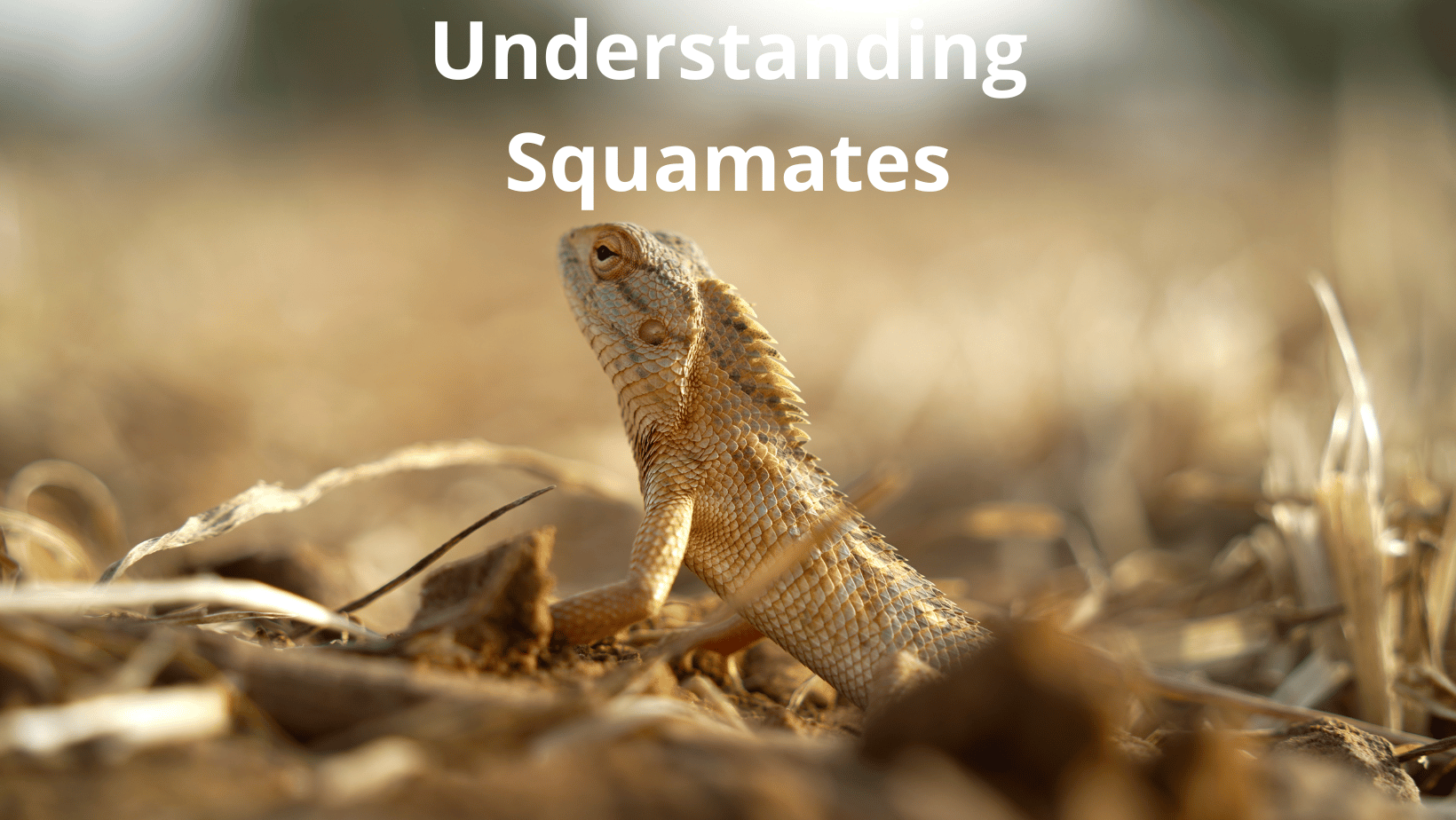Imagine stepping back in time to an ancient world where colossal reptiles roamed, soaring pterosaurs ruled the skies, and formidable crocodilians patrolled the waterways. While we can’t journey to the past, we can certainly explore the diverse tapestry of reptiles that have survived and evolved to this day. In this article, we’re presenting you with a simplified yet scientifically grounded roadmap of the reptile kingdom, helping you unravel the connections between different reptile groups.
This article is part of our section of information about reptiles.
The Reptile Family Tree Unveiled
Picture this reptile family tree as a puzzle, with each piece representing a unique group. As we assemble this puzzle, we’ll start with the grand divisions and gradually piece together the more intricate branches of the reptilian evolutionary saga.
Click on a group that would like to learn more about!
- Reptilia/Sauropsida
- Eureptilia
- Diapsida
- Neodiapsida
- Sauria
- Lepidosauromorpha
- Lepidosauriformes
- Rhynchocephalia (tuatara)
- Squamata (snakes & lizards)
- Lepidosauriformes
- Pantestudines (turtles etc)
- Archosauromorpha
- Lepidosauromorpha
- Sauria
- Neodiapsida
- Diapsida
- Eureptilia
Reptilia/Sauropsida: Tracing the Legacy of Scaly Wonders
In the intricate tapestry of Earth’s history, reptiles stand as resilient architects of adaptation and diversity. The vast kingdom of Reptilia, also known as Sauropsida, spans eons and encompasses a mesmerizing array of creatures ranging from the ancient to the contemporary. These remarkable beings have woven their stories into the very fabric of life, leaving an indelible mark on the planet’s evolution.
Eureptilia: This category forms the foundation of true reptiles, encompassing a wide range of species that share essential reptilian characteristics like scales, amniotic eggs, and ectothermy.
Diapsida: Named for their two pairs of temporal fenestrae (openings) on their skulls, Diapsida gave rise to two major evolutionary branches: the archosaurs (including crocodilians and dinosaurs) and the lepidosaurs (including lizards, snakes, and tuatara).
Neodiapsida: Within the Diapsida lineage, Neodiapsida includes reptiles with more advanced features, laying the groundwork for the diverse reptilian forms that have evolved over time.
Sauria: The Realm of Lizards and Snakes
In the enchanting realm of Sauria, an awe-inspiring cast of characters takes the stage—lizards, snakes, tuatara, and turtles, each with their own unique story to tell. This captivating group showcases the boundless adaptability of reptiles, as they have evolved to thrive in habitats ranging from arid deserts to lush rainforests.
Lepidosauromorpha
This group includes reptiles with overlapping scales (lepido-scales) and represents the broader lineage that leads to the modern tuatara, lizards, and snakes. Lepidosauromorphs have ventured through epochs, preserving their unique traits and giving us insight into the reptilian past.
Lepidosauriformes
Expanding the diversity of lepidosauriform reptiles, this group played a key role in the evolution of various lizard and snake species we encounter today. From the speedy skinks to the stealthy vipers, the adaptations within this group are astonishingly diverse.
Rhynchocephalia (tuatara)
Rhynchocephalia is home to the enigmatic tuatara—a remarkable reptile that resembles its prehistoric ancestors. This living fossil serves as a window into the past, showcasing features that were once widespread among reptiles of ancient times.
Squamata (snakes & lizards)
Squamata showcases the astounding diversity of modern lizards and snakes, from the legless wonders to the agile climbers, each adapting to unique ecological niches. This group’s success is evident in their global presence and their remarkable range of hunting, defense, and reproductive strategies.
Pantestudines (turtles etc)
Pantestudines house a group of reptiles distinguished by their protective shells, including the iconic turtles and tortoises. Their innovative adaptation, the shell, has allowed them to survive and thrive for millions of years, each species showcasing unique shell patterns and sizes.
Archosauromorpha: From Dinosaurs to Crocodilians
In the expansive saga of reptilian evolution, Archosauromorpha emerges as a pivotal chapter, encompassing creatures that have left an indelible mark on Earth’s history. This diverse group holds the key to understanding the rise of some of the planet’s most iconic inhabitants, from awe-inspiring dinosaurs to the resilient crocodilians that have endured through time.
Archosauriformes
This division of reptiles further expands the reptilian repertoire, leading to both archosaurs (crocodilians and dinosaurs) and demonstrating the dynamic nature of evolutionary adaptation. The archosauriforms paved the way for some of the most awe-inspiring creatures to have walked the Earth.
Archosauria
Within Archosauriformes, Archosauria gave rise to the magnificent dinosaurs that once roamed the Earth, as well as the formidable crocodilians that have survived through the ages. The diversity within this group speaks to the adaptive prowess that allowed archosaurs to dominate land and water habitats.
Pseudosuchia
This subgroup within Archosauria highlights the crocodilian lineage and provides a glimpse into the shared ancestry of crocodilians and their ancient relatives. These “false crocodiles” demonstrate the wide range of forms that crocodile-like reptiles have taken throughout history.
Crocodilia (crocodilians)
Taking center stage within Pseudosuchia, crocodilians showcase a successful evolutionary strategy that has allowed them to endure as apex predators in aquatic ecosystems. These living relics of prehistory continue to thrive with their remarkable combination of ancient features and modern adaptations.
Avemetatarsalia/Ornithodira
This critical link between dinosaurs and birds underscores the close relationship between these groups, revealing how some dinosaurs evolved into the avian wonders we admire today. The transition from land-bound theropods to graceful birds exemplifies the power of adaptation and evolution.
Dinosauria
Unveiling the mesmerizing world of dinosaurs, Dinosauria encompasses a range of species that once dominated the terrestrial landscapes, with some ultimately giving rise to birds. From towering giants to nimble predators, this group provides a window into a bygone era, shaping our understanding of Earth’s ancient inhabitants.
Saurischia (including birds (Aves))
Saurischia, a subset of Dinosauria, includes the awe-inspiring sauropods and theropods. Intriguingly, some theropods evolved into the majestic birds that now grace our skies, illustrating the marvels of evolutionary adaptation. This remarkable journey from land-dwelling giants to aerial acrobats exemplifies the incredible diversity of life on our planet.
Simplified Reptile Grouping Summary
- Reptilia/Sauropsida: The grand umbrella, encompassing all modern reptiles and birds.
- Eureptilia: Early branching reptiles.
- Diapsida to Neodiapsida: More advanced reptiles with specific skull openings.
- Sauria: The larger group that contains most of the reptiles we’re familiar with.
- Lepidosauromorpha to Squamata: Covering unique reptiles like the tuatara, and all snakes and lizards.
- Pantestudines: Encompasses all turtles, tortoises, and terrapins.
- Archosauromorpha to Crocodilia: The mighty crocodiles and their relatives.
- Avemetatarsalia/Ornithodira to Saurischia: Starting from more bird-like reptiles, moving into the world of dinosaurs, and culminating with the only living descendants of dinosaurs: birds.
Reptile Groups Common Names
Now, for those of us who prefer a more colloquial grouping, here’s a simpler breakdown:
- Reptiles and Birds Group: Covers all the creatures from lizards to ostriches.
- Early Reptiles: The ancient and foundational species.
- Advanced Reptiles: Those with unique skull features.
- Mainstream Reptiles: Our usual suspects like snakes, lizards, and the unique tuatara.
- Turtle Group: All our shelled friends.
- Crocodile Group: The powerful water-loving reptiles.
- Birds and Dinosaur Group: From ancient giants to the sparrows in your backyard.
Whether you’re a budding herpetologist or just someone who’s always wondered how a tiny gecko and a massive crocodile could possibly be related, this article has you covered. Dive in, explore, and emerge with a newfound appreciation for the rich tapestry of reptile life on Earth.



